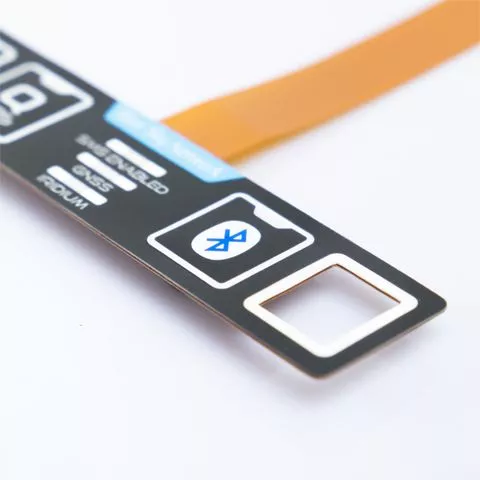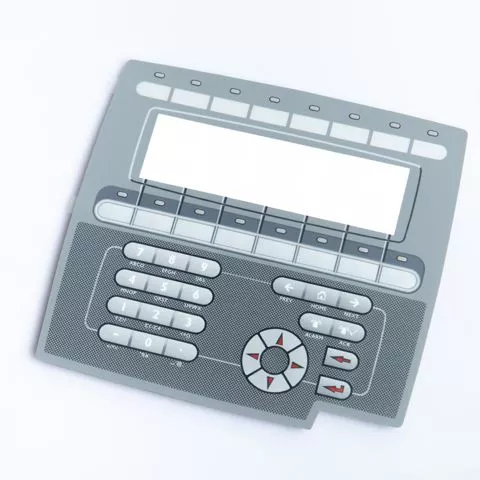Contact
Write to Us And We Would Be Happy to Advise You.
Do you have any questions, or would you like to speak directly with a representative?
By hqt
If your microwave begins to behave in an unusual way, to turn on and off randomly, to increase or decrease the set time period during the program operation, to not respond at all to pressing, then the problem most likely lies in a faulty membrane by the membrane keypad supplier.
The keypad built into the microwave oven consists of two films along which paths are located, conducting current and contact fields.
Most often, the problem in the operation of the touch panel becomes a consequence of some physical influences, which lead to the pressing of membranes, the damage of which can depend on even the slightest vibration.
To determine with absolute certainty that the cause of the problem is precisely in the sensor, and not in the microcontroller, it is recommended to check the entire board for faulty components using a multimeter.
After the results by the membrane keypad supplier have confirmed the defectiveness of the sensor, you should proceed to its direct repair.

To complete the panel recovery procedure, you will have to use the following tools:
From the very beginning, it is necessary to disconnect the device from the network, using a Phillips or five-pointed screwdriver, unscrew all the existing bolts that hold the cover. Next, you should very carefully disconnect the membrane loop and the control module, and also disconnect the relay from the terminals.
After removing the plastic panel and the control module board, it is necessary to peel off the sensor film from the plastic and peel the membrane.

Self-restoration of the touch panel of a microwave oven consists of several rather difficult stages:
After the sensor recovery procedure, it is necessary to assemble the device in the opposite sequence to disassembly. And if the microwave oven shows the panel’s perfect operation, then the recovery process was successful.
The membrane keypad supplier has the most elegant, simple and durable solution for any type of keypad, equipment and devices. It has a number of indisputable advantages that make it possible to use this technology in various fields of industry: (medicine, instrument making, machine tool building, computer technology, military equipment).
The membrane keypad consists of two parts –
electrical and decorative, glued together.
The decorative part of the membrane keypad by membrane keypad supplier is a niceone film (front film) with an image applied (on the inside). The film can be of several types:
Niceone film comes with silver-conducting paste. The output is provided by a flexible FPC cable with a pitch of 1 mm. To protect against environmental influences, topology elements are covered with a protective graphite coating.
The output is provided by a flexible FPC cable with a pitch of 1 mm. To protect against environmental influences, the topology elements come with protective graphite or gold coating (gold-plated contacts).
Rigid fiberglass printed circuit board. The output comes by any connector at the request of the Customer, wires, and cables. It is easy to equip with a flexible ultra-flat FPC cable with a pitch of 0.5 mm (inserted into the connector on the keypad board). Moreover, the soldering points protect with varnish.
Membrane keypads, in turn, are subdivided into the following subspecies:
The most common type of membrane keypad and, perhaps, the most common type of keypads in general. The pushbutton stem locates in a special shaft, which gives direction and protects the stem from skewing when pressed.
The disadvantages of such keypads are quite typical for membrane structures: rapid wear of the membrane and pressing the key all the way, which creates unnecessary noise.
Membrane keypad, in which the role of rod guides play by a “scissor” mechanism – crossed plates connect on a movable hinge. Thanks to membrane keypad supplier, the thickness of the device significantly reduces. The problems remained the same – the low resource of the elastic membrane. It is common in laptops due to its small size.
Do you have any questions, or would you like to speak directly with a representative?